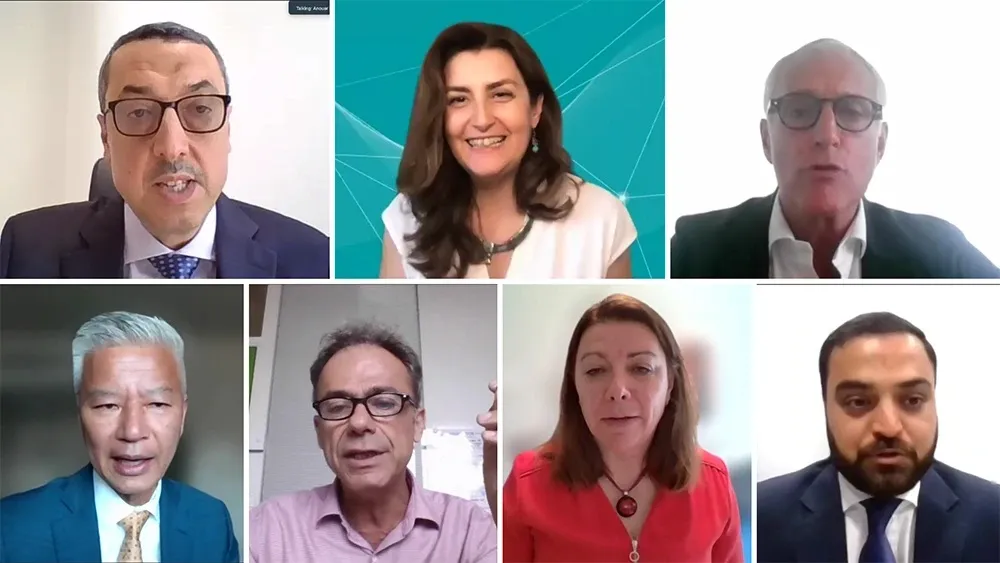There’s a celebratory air about the
In 1968, Daktronics began in a garage with two engineers who had the vision to start a US-based manufacturing company. They brought their commitment to quality and innovation to the transportation market in 1988 with a digital message display for the Connecticut DoT. Today, Daktronics is the world leader in audio-visual systems with offices and manufacturing facilities across the globe, helping customers impact and guide audiences throughout the world.
“Daktronics is proud to be here in Detroit at ITS America celebrating our 50th anniversary with so many of our customers and partners,” says DeWayne Anderson, transportation market manager (pictured). “Since our first ITS display installation, we’ve seen a lot of changes in the industry. Back then, each sign required hard-wired communication. Now, multiple signs can be controlled from a single location using wireless technology. Once, rectangular cabinets with monochrome characters were the only option. Today, full colour dynamic displays are available to fit almost any size imaginable to quickly and clearly inform travellers."
Visitors to the company’s booth can discover more about where Daktronics started, see how the company has helped its customers over the years, and learn about its current solutions.
Booth 415
Daktronics celebrates 50 years of success
There’s a celebratory air about the Daktronics booth here at ITS America Detroit and with good reason: the company is toasting a half century of innovations and telling a remarkable story of growth from very small beginnings. In 1968, Daktronics began in a garage with two engineers who had the vision to start a US-based manufacturing company. They brought their commitment to quality and innovation to the transportation market in 1988 with a digital message display for the Connecticut DoT. Today, Daktronics
June 5, 2018
Read time: 2 mins








